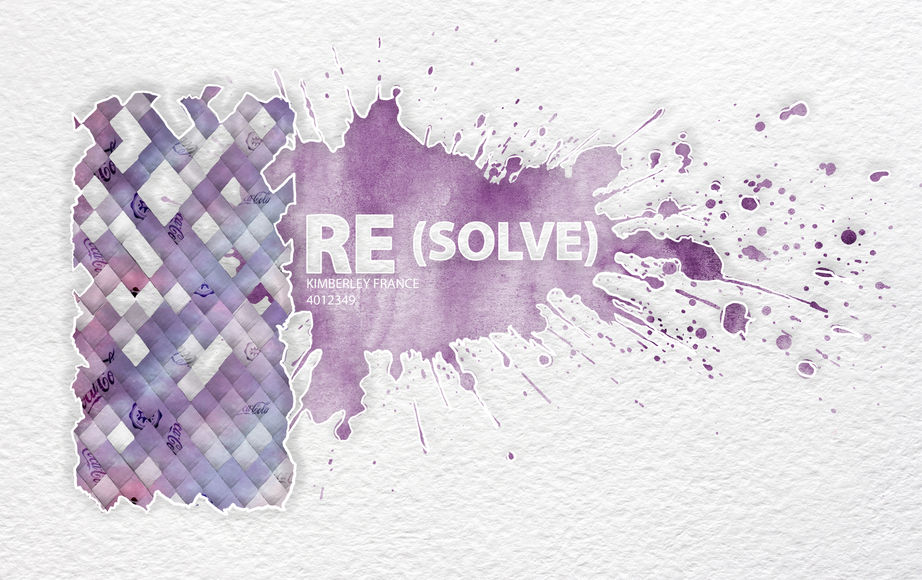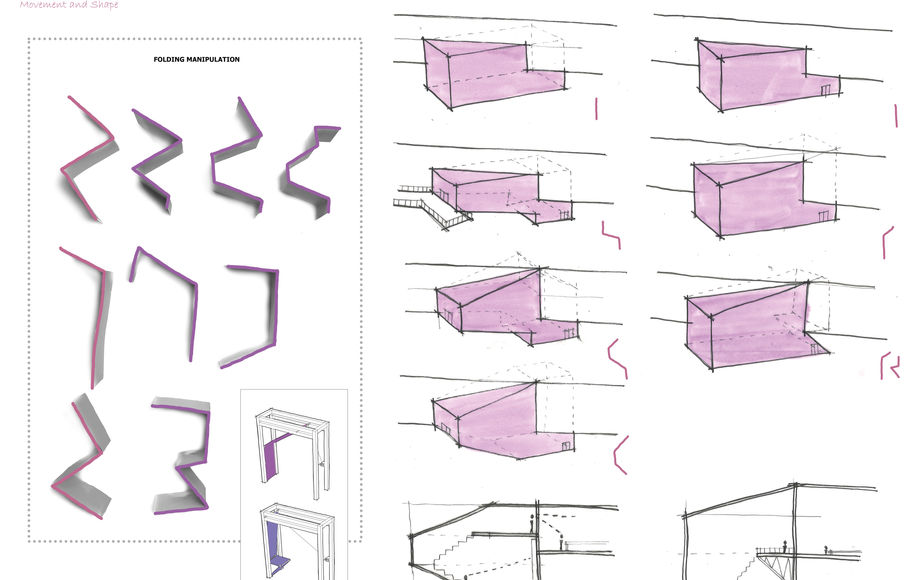HACKNEY WICK
RE(SOLVE) CENTRE
MAY 2024
For this project, I address the problems of homelessness and waste within Hackney Wick. The charity, Hackney Night Shelter, needs permanent accommodation for their residents as well as methods of providing funding and work for them. The previous project ‘We still reside’ successfully used recycled cans and paint tins to produce façade and roof panels for buildings so I wished to expand on this production to sell to interested companies. Hackney Night Shelter needs space for manufacture from the collection/drop-off of the materials to completion and delivery to buyers. Connection to the canal, road and path is necessary for this to work. The homeless they are aiding will work on site until they’re in a more secure position so private spaces for sleeping, eating, and washing must be included.
As well as helping the homeless community, the hope is that the Centre can become a community hub and space for recycling and reuse. Taking into consideration the temporary nature of Hackney Bridge, the design should provides spaces for these current creatives on site as well as artists with a focus on working with scrap materials. Accommodation is provided for these artists to sell their designs and educate others on their processes. These spaces are adaptive to work for a range of artistic types and enable a change of workers regularly.
The design considers the canal and provides internal and external community spaces. As a way of bringing everyone together, Hackney Night Shelter has suggested competitions be run throughout the community, such as: Who can recycle the most? Who can produce the best recycled art piece? Who can build the biggest recycled tower? These competitions will be run in the external space provided every month and left on display until they are disassembled, and the materials reused.
The Centre is a space the community can go without worrying about the current affairs in Hackney Wick with the cost-of-living crisis and inflation. The space provides cheap/free workshops from materials the residents can find at home and allows them to play a larger part in helping the environment. The community can see the processes the materials are going through and interact with the homeless workers to form connections and break stigmas. The introduction of the factory and creative workshops back into the community recalls the industrial and creative history of the era before gentrification took over.

























